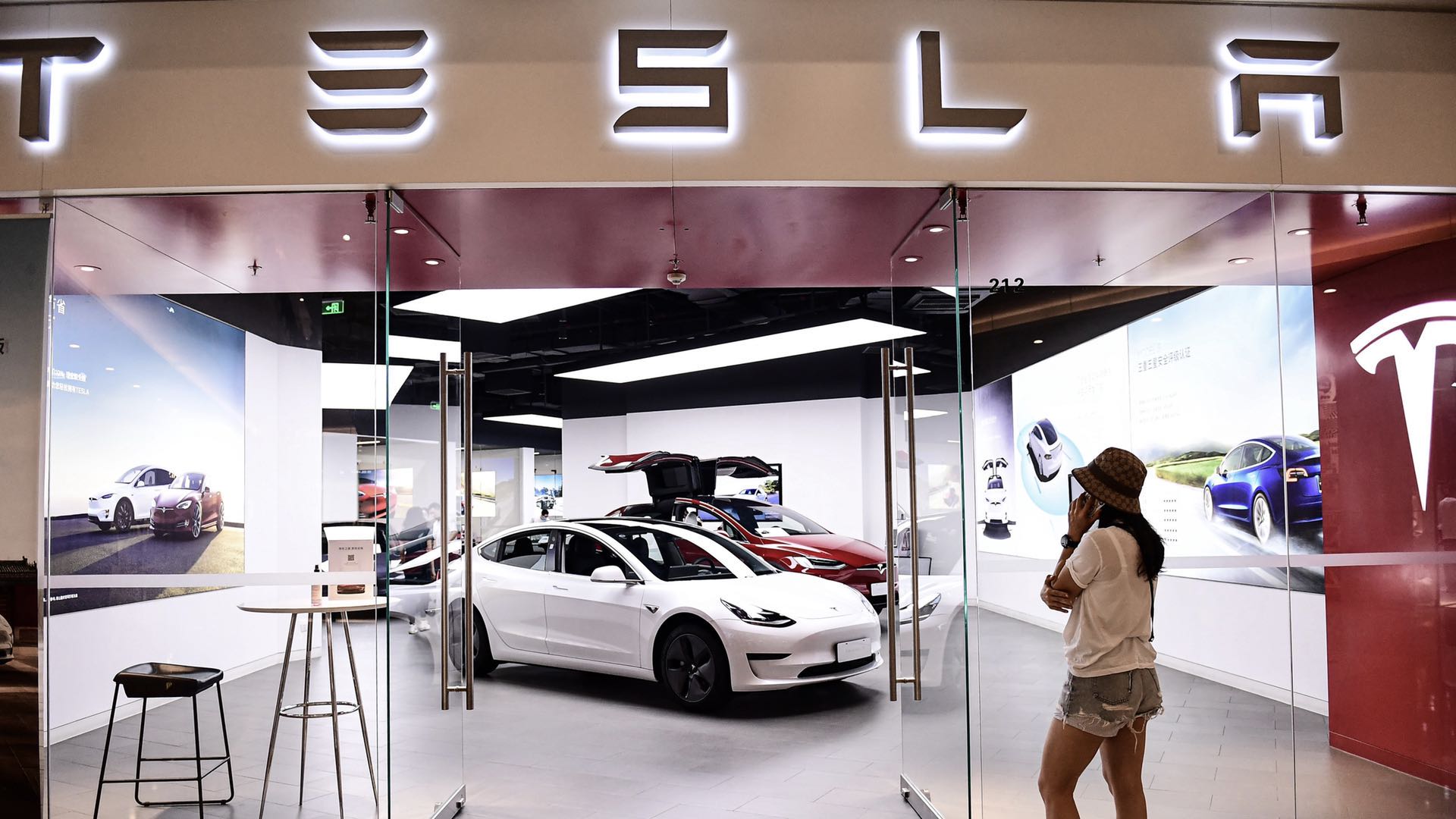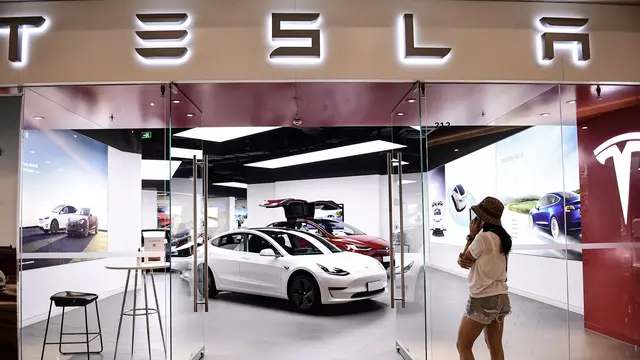
A Tesla store in Shenyang City, China. /CFP
Tesla's vehicle registrations in China dropped by 24 percent in July on a monthly basis, given local competitors also make more efforts to share the market cake as the new energy vehicle (NEV) sector heats up in the country.
In July, 11,456 China-built Teslas were registered in the country, according to China Passenger Cars Association (CPCA). Earlier, the same source said Tesla sold 11,041 vehicles in China in July, which plunged by 35 percent compared with 14,954 in June.
July is a traditional off-season for car sales, said industry experts. Despite the drop on a monthly basis, the sales increased year on year. Tesla still keeps its leading position in electric vehicle sales in China, but its market share seems shrinking.
Who shared Tesla's cake?
According to data from the CPCA, NEV company NIO delivered 3,533 new vehicles in July, a record high. Meanwhile, the company's gross profit margin in the second quarter reached 9.7 percent, marking the first time that the gross profit margin in a single quarter recovered, said NIO's Q2 financial report.
Li Auto sold 2,516 vehicles in July, an increase of 33 percent from the previous month; 2,532 Xpeng vehicles applied for insurance in July, an increase of 130 percent from the previous month, achieving the best results in a single month in 2020.
The total sale volume of the emerging brands reached 14,000, an increase of 174 percent year on year, which has become a new force in the NEV market.
Are investors in China's NEV sector seeing light at the end of the tunnel?
China's NEV sector has rebounded from the bottom. The sales growth rate of new energy vehicles in July turned from negative to positive, ending the 12 consecutive months of negative growth since July 2019.
The sales of new energy vehicles have increased significantly year-on-year. According to data from the China Automobile Association, in July 2020, the production and sales of domestic new energy vehicles were 100,000 and 98,000 respectively, showing an increase of 15.6 percent and 19.3 percent year-on-year, respectively.
 简体中文
简体中文

